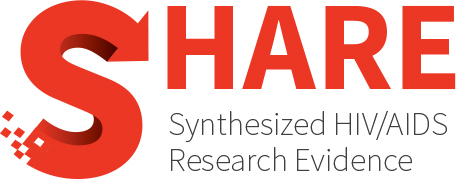What is the effectiveness of supervised injection services?
Abstract
Key take-home messages
- The use of supervised injection services can lead to reductions in injecting behaviour and an increase in the number of clients accessing addiction treatment services.
- Supervised injection services can be cost saving when the analysis takes into account their capacity to reduce transmission of blood-borne diseases, namely HIV and HCV.
- People who inject at supervised injection sites feel safer than those who inject publically.
- Overdose morbidity and mortality are reduced when clients inject at supervised injection sites. Clients who inject at supervised injection sites receive education on safer injecting practices that helps reduce injection-related morbidity.
- When nursing care is provided at supervised injection sites, clients access the nursing services frequently.
- Supervised injection sites do not lead to any significant disruptions in public order or safety in the neighbourhoods where they are located.
- Supervised injection sites pose a few challenges based on their operating models and regulations: if capacity does not meet demand there may be long lines that dissuade some clients from injecting at the facility; there will still be times when clients have no choice but to inject elsewhere when facilities are not open 24 hours per day, 7 days a week; some clients cannot inject independently and will not use a SIS that prohibits assisted injections; and when facilities prohibit splitting or sharing drugs on site, some clients might be excluded.
Authors
The Ontario HIV Treatment Network: Rapid Response Service
Year
2014
Topics
- Population(s)
- People who use drugs
- Other
- Prevention
- Drug use behaviours/harm reduction
- Health Systems
- Financial arrangements
- Delivery arrangements
